Intermittent fasting and exercise — explained by Simple
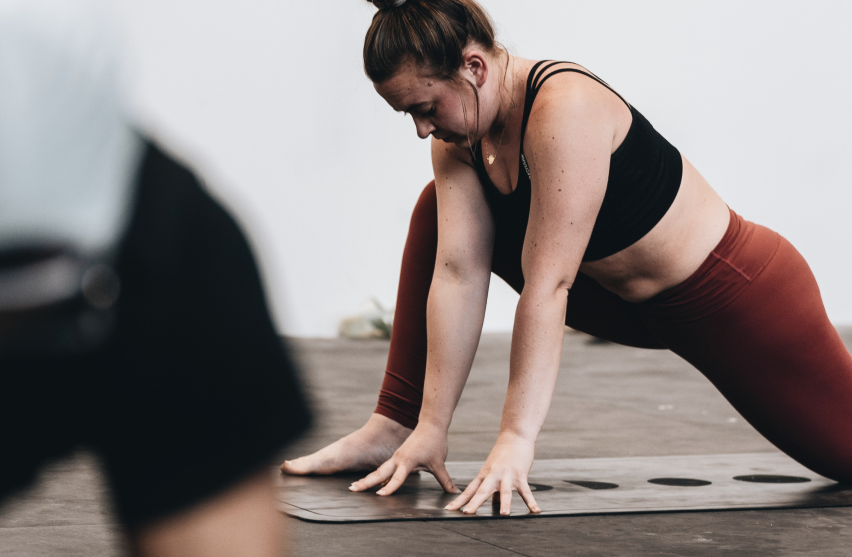
On the face of it, it seems that intermittent fasting is incompatible with exercise.
You need energy to move, let alone grow new muscle or push yourself through a tough cardio session. Surely, training while fasting is a recipe for tanking your energy levels and becoming a crabby, injured, tired mess.

So how can you do both intermittent fast AND exercise!? [wrinkles forehead]
OK. Soothe that furrowed brow. Intermittent fasting and exercise can go together.
As usual, the devil is in the details. Come with us as we untangle this conundrum.
Can I work out while intermittent fasting?
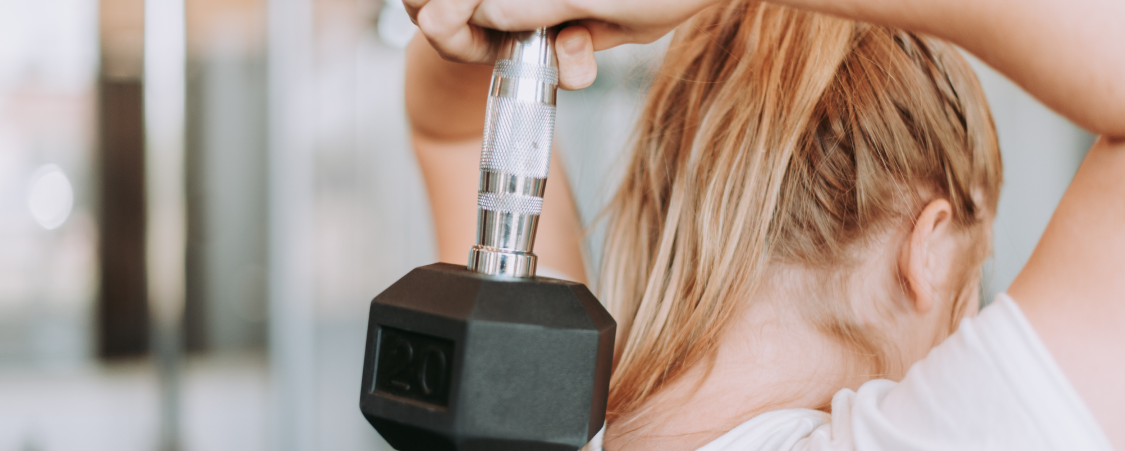
Here’s the potential issue:
Fasting restricts your energy. You need energy to exercise. Therefore, fasting restricts your exercise.
Logically that stacks up, but it misses out on several important factors.
One of the key adjustments we make when working toward a physical goal is the amount of energy we eat. If you’re trying to lose weight or fat, you’ll lower your energy intake. If you’re trying to gain weight or muscle, you’ll increase it.
It’s not uncommon — in fact, it’s pretty dang popular — to pair an energy restriction with an increase in physical activity. It’s the classic “eat less, move more” approach.
So, a restriction in energy isn’t a “bad” thing. When we’re trying to lose weight or fat, we need that caloric deficit.
The trick is HOW we exercise while fasting so that we can nourish our body and stay physically and psychologically well.
Because, yes, working out is a stressor on the body. And nutrition is one of the ways we can lessen the impact of that stress.
If you’re chronically under-fueled …
If you’re pushing yourself too hard in the gym …
If you’re not eating enough to promote recovery …
… we have a problem.
But the problem is the extent of this mismatch between energy in and energy out.
Being under-fueled, over-trained, or under-recovered means your body will eventually break down. You’ll get exhausted, injured, or sick (possibly all three). Your mojo for training will vanish. Your energy will bottom out. You’ll lose muscle.
Neither exercise nor intermittent fasting nor the pair of them together are problematic.
The key is to combine your workouts with intermittent fasting in a way that:
- is smart and sustainable
- prioritizes your well-being
- meets your needs
- fits your goals
We’ll walk you through how to do that.
Take our Simple quiz, and we’ll also walk you through how to get started with fasting!
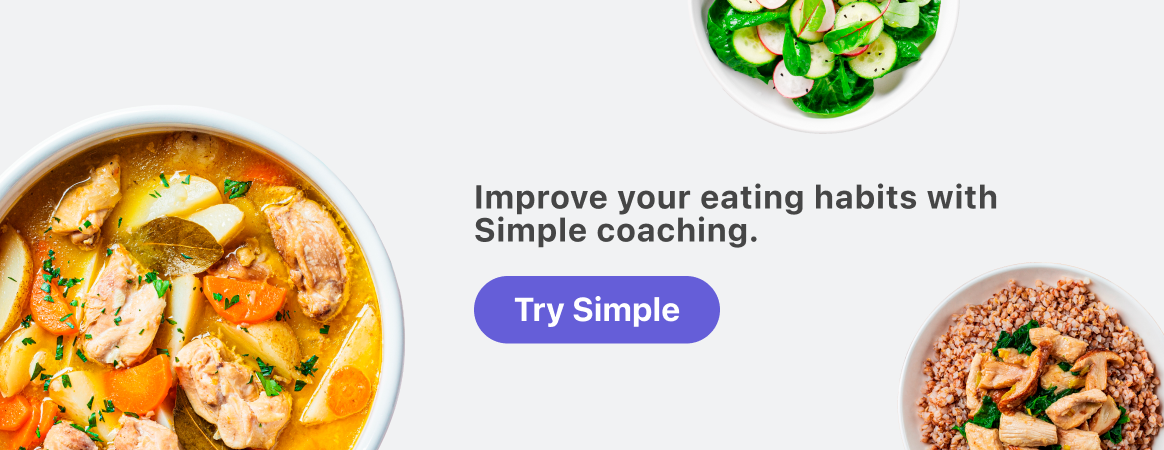
What does the research say?
For most of us, exercise has to do something. Maybe you want a flatter stomach, a ripped torso, juicy glutes, a calmer mind …
If you add intermittent fasting into the mix, can exercise still do its thang?
Let’s see what the research has to say.
Should I train while fasting?
The idea here is that exercising when fasted improves weight loss. Because no food has been eaten, the body uses stored fat for fuel, and you lose fat.
This isn’t a given, as one study shows.[1] Here, there was no real difference in the effects of exercise on body composition between fasted and non-fasted exercisers. Another study found a similar effect.[2]
Plus, there are some other issues with fasted exercise.
One is that the body in a fasted state might also use muscle for fuel. You’d still see weight loss on the scale, but this isn’t the kind of weight loss we typically want (one reason fat loss vs. weight loss are two different things).
From an experiential POV, exercising while fasted can make your workout feel harder. That can mean you back off on the effort or even quit early, so your workout becomes less effective.
It’s this experience in the moment that determines whether fasted exercise is for you or not. If you try it and feel energetic and full of fire to get after it, awesome! If not, and working out on an empty stomach sucks the very life from your soul, skip it.
What about training unfasted?
Timing your workouts to land when you’re fed works just great. You absolutely can get results this way.
How to work out while intermittent fasting
First, figure out your goal. What results do you want from your workouts? That’s your primary guide. Build your workouts around your goals, then structure your intermittent fasting and nutrition to support that.
Should you do cardio?
Cardio is great if you want to:
- decrease body and belly fat [3,4]
- shrink your waist circumference [5]
- improve your aerobic capacity
- better manage hunger and cravings [6]
It can be kickass for supporting your mental and emotional health, too.
For best results, over the course of your week, hit all the intensities:
- high, like bike sprints or jump rope
- medium, like a steady-state jog or rowing machine sesh
- low, like a gentle stroll in the woods
They all bring something unique and valuable to the party.
Should you strength train?
Some people say that there’s no point trying to build muscle if you’re doing intermittent fasting.
We disagree.
Yes, if you’re intermittent fasting to lower your caloric intake, you won’t be able to build muscle that way. For muscle-building, you need to eat more than you burn.
However, there’s no law that says you have to lower your calories while doing intermittent fasting. You can use your eating window to eat for muscle gain and use intermittent fasting to improve other things, like overeating at night. Or just to give your body a break from processing food.
Could it be harder to eat enough to build muscle while fasting? Yes. But it’s not impossible with the right intermittent fasting schedule.
Even if you’re not trying to pack muscle onto your frame, strength training has a lot of benefits. It can help you:
- lose fat [7]
- increase your metabolic rate [8]
- manage hunger and cravings [6]
- preserve your muscle mass [9]
When to work out while intermittent fasting

Whatever kind of exercise you do, you’re gonna need to think through the timing of your meals. When is the best time to hit your workout as an intermittent faster?
Before your eating window
If you feel good working out while you’re fasted, go right ahead.
Just pay attention to your performance.
While low-intensity cardio, like walking or light cycling, can be a good fit for training on an empty stomach, anything more intense may be a struggle.
You might find that you can’t push your intensity. Or that you feel weaker. If so, you might do better working out at another point in your fasting cycle.
During your eating window
If you plonk your workout smack dab inside your eating window, you can both tackle your exercise while well-fueled and eat afterward to stoke muscle repair and replenish energy stores.
For high-intensity cardio, longer workouts, and strength training, this timing would be ideal.
With some solid nutrition in the tank, you’ll be able to run faster, jump higher, and kick some serious iron butt in the weight room.
Then, once you’re done, you can get straight into recovery. A meal that hits all the nutritional bases is the perfect care package for a fatigued, post-workout body.
After your eating window
As long as it doesn’t happen so long after that you’re pretty much fasted, exercising after your eating window gives you that “working out while well-fueled” energy, so you can hit it hard.
Pros and cons of exercising while intermittent fasting
Pros
As we’ve seen, linking working out and intermittent fasting helps you lose weight and fat. You can build and preserve muscle.
And it might be that exercising while following an intermittent fasting schedule increases the benefits of intermittent fasting, like:
- increasing insulin sensitivity
- lowering blood pressure
- improving cholesterol levels
Cons
Exercising while fasting isn’t all roses, of course.
If you work out while fasted, your body might break down muscle for fuel. You could run short on energy to get through your workout and/or end up feeling weak or faint.
Over time, if you don’t eat enough overall, your body won’t recover properly. You’ll get up close and personal with fatigue, exhaustion, injury, and illness, and your metabolism may slow down.
(Pop quiz! Does intermittent fasting slow metabolism? Not if you do it well.)
How to safely exercise while intermittent fasting
Body transformations, health improvements, changes to long-standing habits … these things take months or years to accomplish.
Your goal is to stay standing, so you’re still kicking it in the gym two, five, and even 10 years down the line.
To stay standing, you gotta stay safe.
Let’s look at some ways to do that.
Match your workout intensity to your food intake
If you have to work out fasted (because that’s when it fits your schedule) or you’re on a 500/600 calorie fasting day, keep your workout intensity light. Perhaps a short hatha yoga flow or an easy hike next to a sun-dappled river.
For more intense workout shenanigans, having some fuel in the tank will help you better control that heavy kettlebell swing and stay on top of complex choreography in Zumba (energy intake matters for brain smarts, too).
Drink enough water
Dehydration while fasting and working out is a fast ticket to Sucksville.
Drink lots of water. (Other drinks are also available; check out our guide on what you can drink while fasting.)
Replenish your electrolytes
Along with your gold-star water intake, be sure to get some electrolytes in.
When you sweat, you lose salt. Salt is key to your body functioning as it should. If you’re sweating it out, you should also be drinking it back in.
Unsweetened coconut water can be a good option (better than sports drinks, which are usually a sugar fest in a sporty-looking bottle).
Listen to your body
How does your body feel when you have a great workout?
With that information as your baseline, learn your body’s signals when you’re pushing yourself too hard. Maybe you feel dizzy, light-headed, weak, or nauseous. If you find yourself there, back off the intensity.
Choosing the right workout for your intermittent fasting schedule
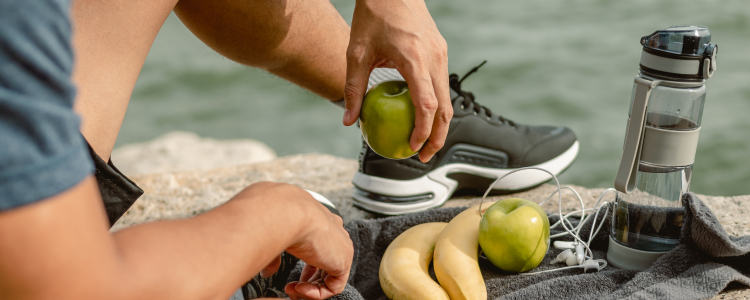
On the whole, you can do any exercise you like so long as you eat sufficient amounts to support your activity levels.
This means that the kind of intermittent fasting schedule you’re on will influence the type of exercise you do and when you do it.
Say you’re putting in the miles five out of seven days every week training for a marathon. That won’t fit well with alternate-day fasting (ADF). On your every-other-day 500/600 calorie days, you wouldn’t be able to eat enough to recover well.
Or, say you’re the barbell-bending type. Lifting could tie in nicely with a time-restricted eating method like 16:8. During your eight-hour eating window, you:
- eat some solid meals and snacks
- slam a protein shake during / after training
- hit your post-workout meal
and you’re good to go until the next day!
Common intermittent fasting schedules and how to include them in your workout
Time-restricted eating (TRE)
For best results, do your strength and moderate- / high-intensity cardio workouts during your eating window.
Low-intensity workouts can happen in your fasting window if you feel good exercising while fasting.
That advice holds well for 12:12, 14:10, and even 16:8 intermittent fasting. When we get into 18:6 and 20:4 (aka the Warrior Diet), it can get a little trickier.
The eating windows are shorter, so getting enough food to support both activity levels and recovery might be tough. That’s one reason why we don’t recommend more restrictive fasting schedules where you go 18+ hours with either no food or only limited calorie intake.
Refer back to your goals and your body. If you:
- want to build muscle
- love a HIIT workout
But you also:
- don’t feel strong during your workout
- don’t recover well between workouts
- can’t eat enough to meet your training goals
try a longer eating window and see what happens.
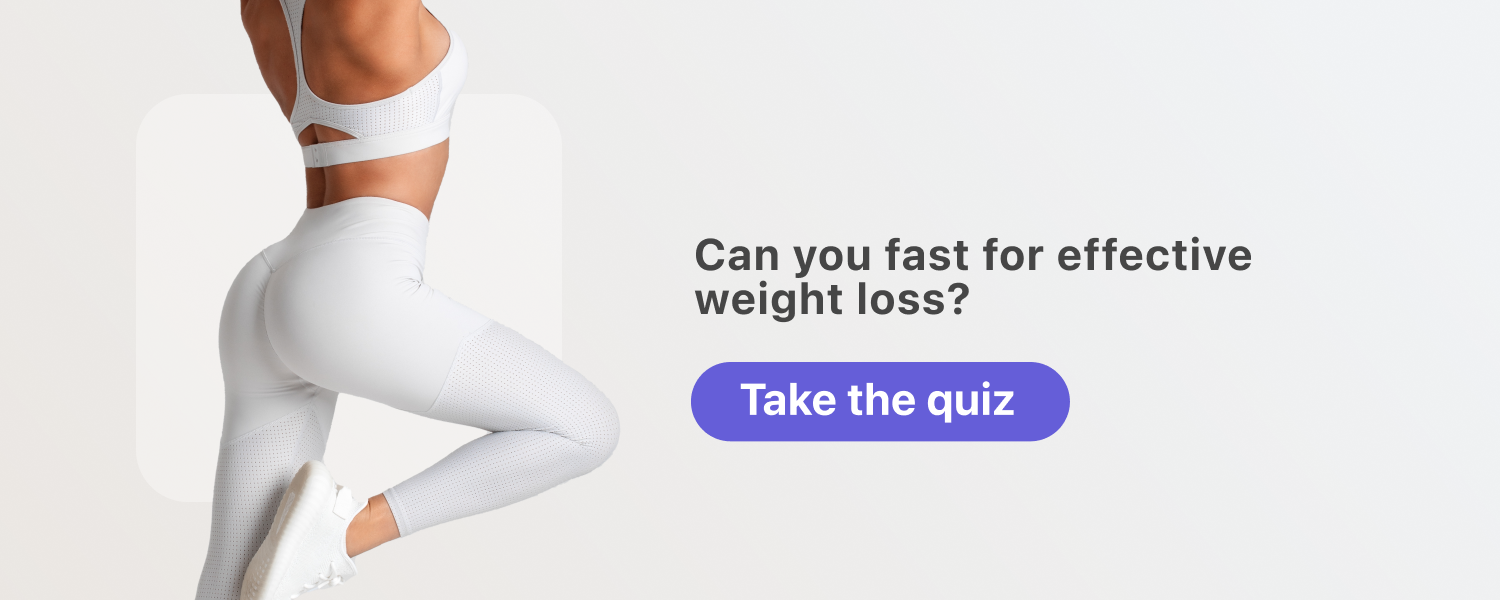
5 tips for working out while intermittent fasting
- Go steady to start
With both intermittent fasting and working out, go gently when you’re first starting out. It’ll take time for you to adapt to fasting and develop your fitness and exercise confidence.
So, even though your goals are demanding and impatient, and you WANT RESULTS NOW, PLEASE!!, take it slow and steady.
- Work with your lifestyle
When is working out most likely to happen for you?
Are you a 6 AM spin class devotee? Can you Hulk it out in the weight room first thing? Or do your energy jets get turned on later in the day?
Adjust your fasting to jive with that.
- Optimize your diet
Just like intermittent fasting and meal planning make a strong team, fasting and working out get along much better if you pack as much nutrition as you can into your eating window.
Get protein to stimulate muscle synthesis. Eat carbohydrates to power your engine. Veggies, calcium-rich foods, and healthy fats will smooth the road to recovery (protein and carbs also help here, tbh).
If you need a hand on the ins and outs of how to meal plan, we gotcha covered.
- Don’t worry about doing it perfectly
It’s easy to get caught up in the “best” or “right” way to exercise while fasting. If you find that happens to you, it’s cool. We all get snagged like that sometimes.
Just remember: done is better than perfect.
Focus on getting your workouts done, keeping yourself safe, and listening to your body (it’s pretty spot-on as far as guides go).
Could there be a “better” way? Maybe. Tweak and test as you go — try a hillier run, a different set and rep scheme, or a new fasting method. See what happens to your results.
- Prioritize enjoyment
If you find HIIT more tedious than a three-hour lecture on the optimal way to fold bedsheets, don’t do it. By the same token, if swimming makes your soul feel like it’s dancing on a cloud, do that.
Exercise you enjoy is exercise you will do.
And, perhaps more importantly, it’s exercise that will bring more joy into your life. Life is hard enough without adding 30 minutes of movement-based suck into every day.
Possibly. The research suggests that exercising while fasting could enhance fat burning,[9] but it’s not conclusive.
If you’re hungry for proven fat loss techniques, our how to burn fat guide can help.

- Schoenfeld BJ, Aragon AA, Wilborn CD, Krieger JW, Sonmez GT. Body composition changes associated with fasted versus non-fasted aerobic exercise. J Int Soc Sports Nutr. 2014 Nov 18;11(1):54.
- Gillen JB, Percival ME, Ludzki A, Tarnopolsky MA, Gibala MJ. Interval training in the fed or fasted state improves body composition and muscle oxidative capacity in overweight women. Obesity . 2013 Nov;21(11):2249–55.
- Sigal RJ, Alberga AS, Goldfield GS, Prud’homme D, Hadjiyannakis S, Gougeon R, et al. Effects of aerobic training, resistance training, or both on percentage body fat and cardiometabolic risk markers in obese adolescents: the healthy eating aerobic and resistance training in youth randomized clinical trial. JAMA Pediatr. 2014 Nov;168(11):1006–14.
- Alberga AS, Prud’homme D, Kenny GP, Goldfield GS, Hadjiyannakis S, Gougeon R, et al. Effects of aerobic and resistance training on abdominal fat, apolipoproteins and high-sensitivity C-reactive protein in adolescents with obesity: the HEARTY randomized clinical trial. Int J Obes . 2015 Oct;39(10):1494–500.
- Lemes ÍR, Turi-Lynch BC, Cavero-Redondo I, Linares SN, Monteiro HL. Aerobic training reduces blood pressure and waist circumference and increases HDL-c in metabolic syndrome: a systematic review and meta-analysis of randomized controlled trials. J Am Soc Hypertens. 2018 Aug;12(8):580–8.
- Broom DR, Batterham RL, King JA, Stensel DJ. Influence of resistance and aerobic exercise on hunger, circulating levels of acylated ghrelin, and peptide YY in healthy males. Am J Physiol Regul Integr Comp Physiol. 2009 Jan;296(1):R29–35.
- Wewege MA, Desai I, Honey C, Coorie B, Jones MD, Clifford BK, et al. The Effect of Resistance Training in Healthy Adults on Body Fat Percentage, Fat Mass and Visceral Fat: A Systematic Review and Meta-Analysis. Sports Med. 2022 Feb;52(2):287–300.
- Westcott WL. Resistance training is medicine: effects of strength training on health. Curr Sports Med Rep. 2012 Jul-Aug;11(4):209–16.
- Bhutani S, Varady KA, Klempel MC, Kroeger CM. Alternate day fasting combined with exercise: An effective treatment for weight loss and cardio‐protection in obese humans. FASEB J [Internet]. 2012 Apr;26(S1).
